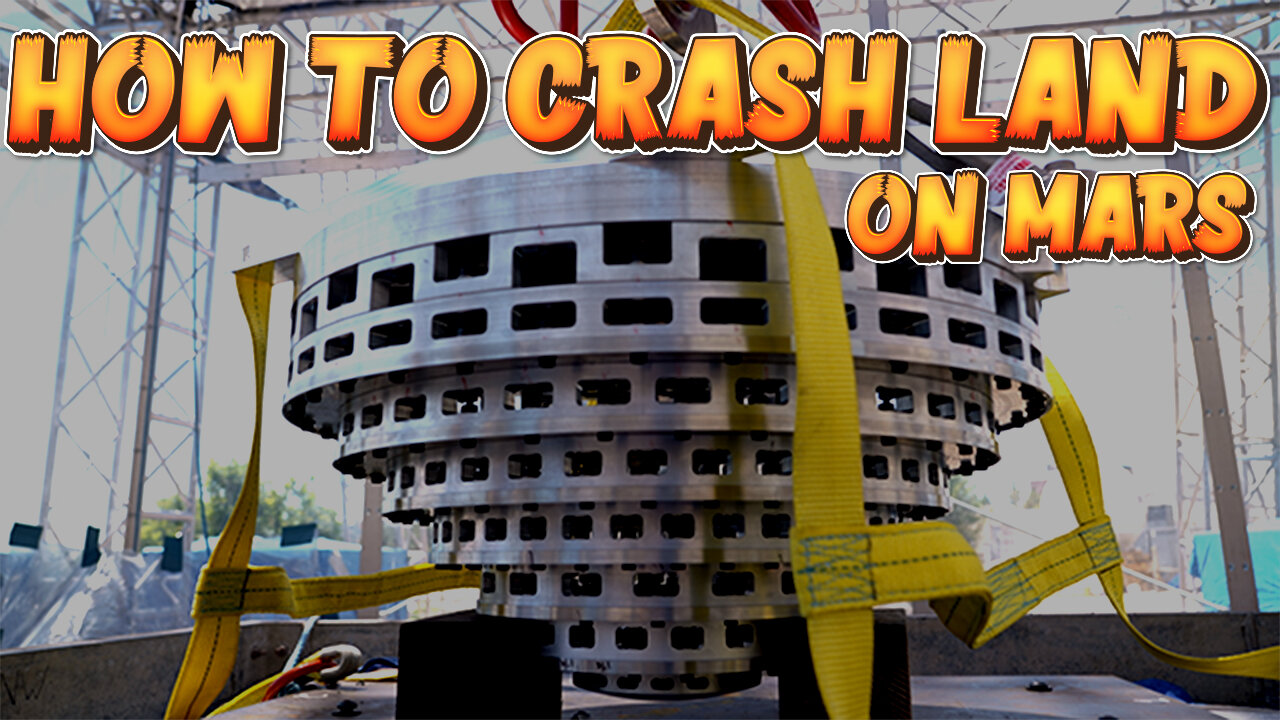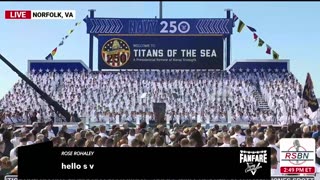Premium Only Content

NASA Tests Ways to Crash Land on Mars
As of my last update in September 2021, NASA has not conducted tests specifically aimed at intentionally crash-landing on Mars. Such an endeavor could offer valuable insights for scientific research and technology development. Here are the key aspects to consider in such testing:
Scientific Objectives: A crash landing on Mars could serve scientific goals, like studying impact effects, subsurface materials, and potential habitats. Mission planning would determine impact sites and necessary instruments.
Crash Dynamics: Engineers would design the spacecraft to handle impact dynamics—velocity, angle, and energy absorption. Ensuring safety for ongoing missions and the Martian environment is paramount.
Instrumentation: The spacecraft would house scientific instruments to capture data before, during, and after impact, such as cameras, spectrometers, and seismometers.
Safety Measures: Minimizing hazards and preventing adverse effects on Mars' environment and active missions is crucial.
Technology Validation: Controlled crash tests could validate landing technologies—impact-resistant gear, energy-absorbing materials—for future missions.
Communication Systems: The spacecraft would need robust communication systems to relay data back to Earth even post-impact.
Legal and Ethical Compliance: Conforming to international space treaties and ethical standards is essential for responsible exploration.
Keep in mind that developments may have occurred since September 2021. For the latest updates, refer to NASA's official sources.
-
 2:23:58
2:23:58
Nerdrotic
3 hours ago $3.00 earnedDeDunking the Debunkers with Dan Richards | Forbidden Frontier #119
12.8K3 -
 LIVE
LIVE
EricJohnPizzaArtist
6 days agoAwesome Sauce PIZZA ART LIVE Ep. #64: Robbie “The Fire” Bernstein
260 watching -
 LIVE
LIVE
GritsGG
6 hours agoWarzone Win Grinding! Most Wins in WORLD! 3680+!
133 watching -
![[LIVE] STAR WARS: Jedi Academy - Movie Battles 2 | ReaperAF95's Community Event Day 2](https://1a-1791.com/video/fwe2/ce/s8/1/E/Q/f/o/EQfoz.0kob-small-LIVE-STAR-WARS-Jedi-Academy.jpg) LIVE
LIVE
Joke65
3 hours ago[LIVE] STAR WARS: Jedi Academy - Movie Battles 2 | ReaperAF95's Community Event Day 2
43 watching -
 5:41:09
5:41:09
Right Side Broadcasting Network
2 days agoLIVE REPLAY: President Trump to Deliver Remarks at America's Navy 250 in Norfolk, VA - 10/5/25
114K64 -
 LIVE
LIVE
SynsFPS
3 hours ago🔴B07 Beta🔴|🔴 LEVEL CAP INCREASED 🔴|🔴Path to Verify 🔴
86 watching -
 LIVE
LIVE
tminnzy
4 hours ago*BETA DROPS* BO7 LEVEL CAP INCREASE! OPEN BETA
128 watching -
 1:06:42
1:06:42
The White House
5 hours agoPresident Trump Delivers Remarks at Navy 250 Celebration
36.8K46 -
 4:42:13
4:42:13
TinyPandaface
4 hours agoYour FACE is a Gaming Channel! | Homebody
15.3K -
 3:22:43
3:22:43
Barry Cunningham
6 hours agoBREAKING NEWS: PRESIDENT TRUMP GIVES SPEECH TO THE NAVY!
72K41
